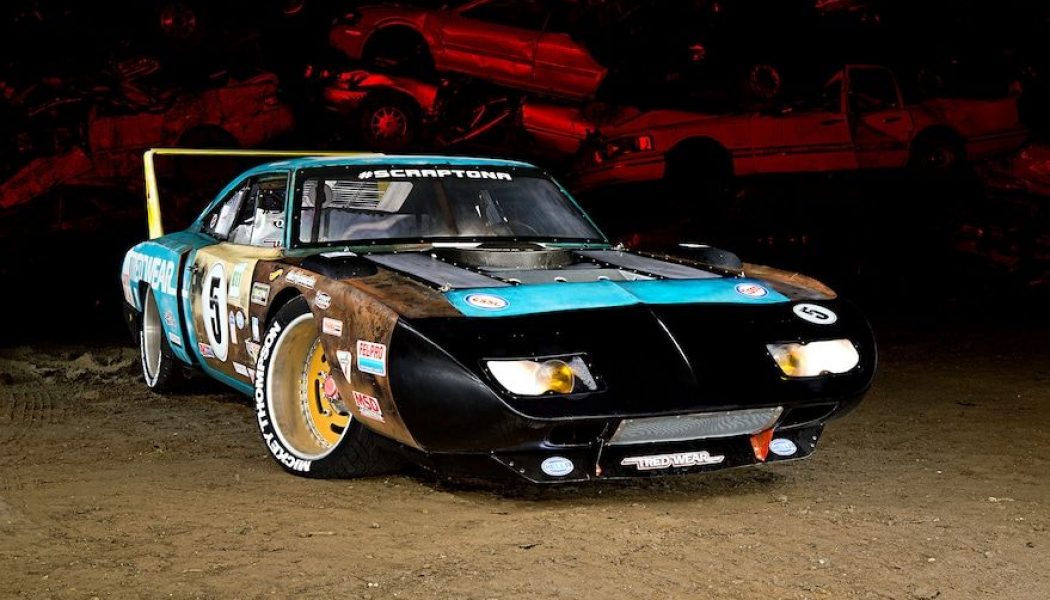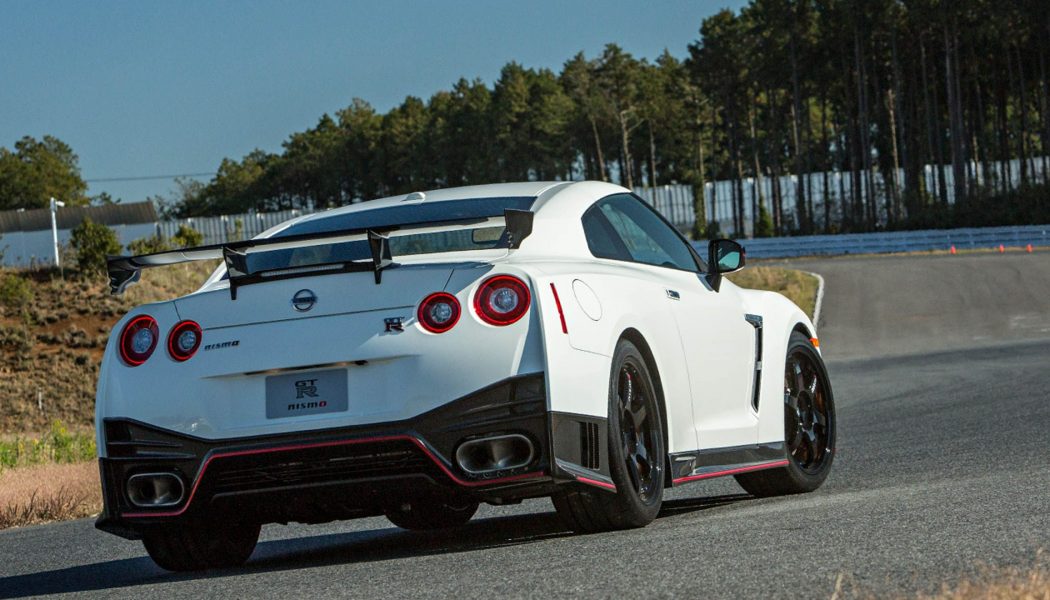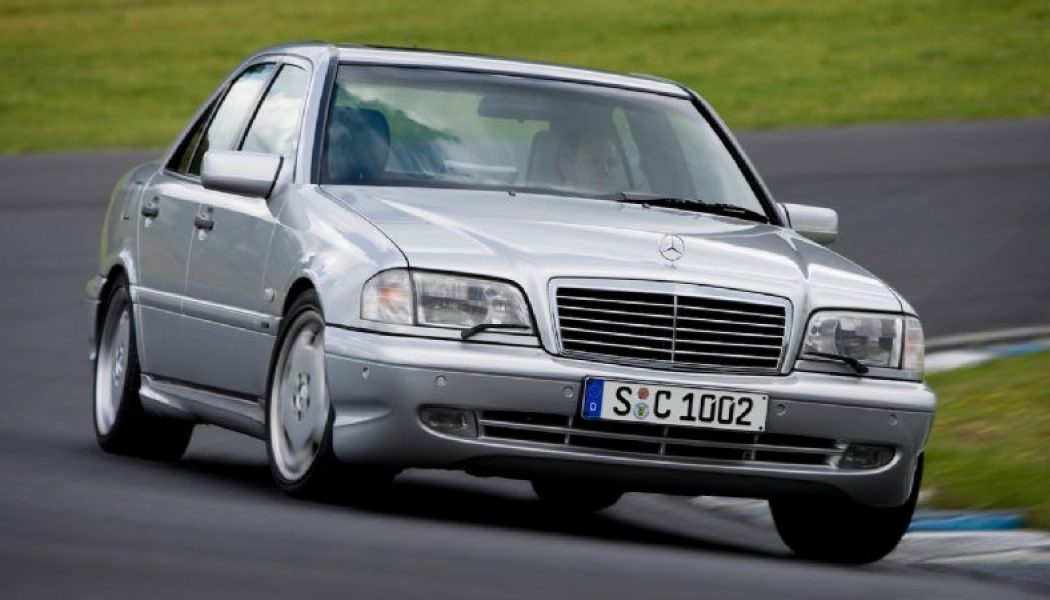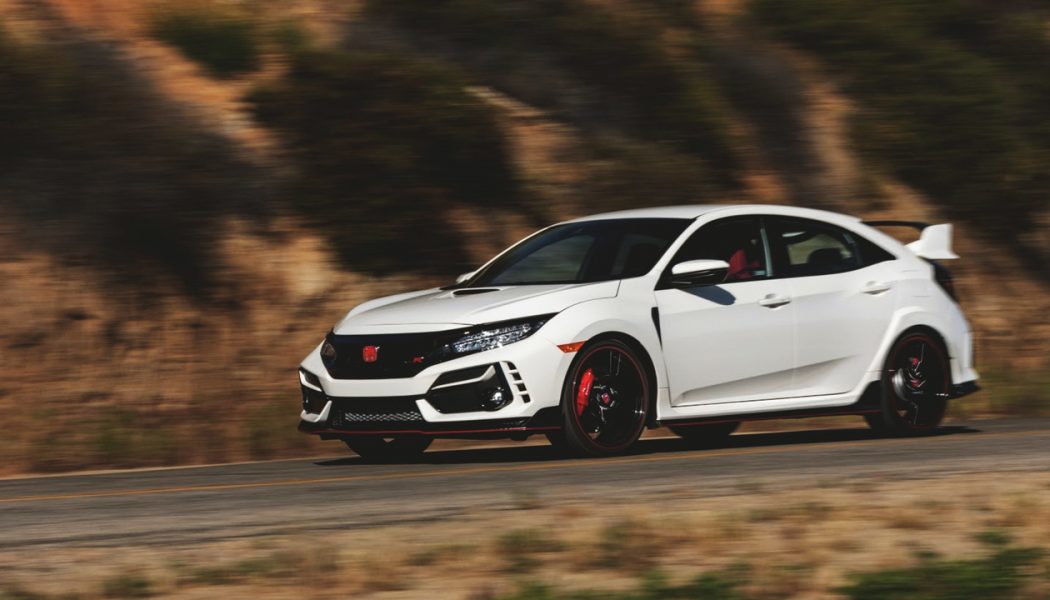Classic Cars
The History of the Rugged, Full-Size Chevrolet K5 Blazer
Ford had the Bronco. Jeep had the CJ. Even International Harvester—the tractor company—had the Scout. And General Motors had…nothing? Into that sport-utility vacuum, the Chevrolet K5 Blazer was born. With it, GM created a 4×4 that was both a direct response to the existing spectrum of SUVs and yet also apart from it. The key difference was size: Unlike its would-be rivals, the Blazer was based on the automaker’s successful full-size pickup truck. That cost-saving measure allowed it both to come to market quickly and to deliver greater capability than its competition. See all 7 photos Sun’s Out, Top’s Off Chevrolet was no stranger to the SUV world, having produced the Carryall/Suburban—a large, truck-based wagon—since the mid-1930s. Although offered with four-wheel drive, ...
Free Up Some Museum Space for Carroll Shelby’s Personal 1965 Shelby 427 Cobra
You’re not part of the Miller family dynasty of Utah Jazz and Miller Motorsports Park fame, are you? Shucks, that means you’ll probably never get some seat time in the first Shelby Cobra ever. When the Millers purchased chassis CSX2000 at auction back in 2016 for just under a whopping $14 million, they were the first owners of the car—other than Carroll Shelby himself. If you’ve still got that “Carroll Shelby’s Personal Cobra” slush fund still bristling with zeros, great news: Mecum Auctions has another one of Carroll Shelby’s roadsters up for grabs, and this time it isn’t one of those namby-pamby, prissy-pants slabside 260 Cobras (we jest!), but one of the original street-spec 427 Cobras that launched a million replicas. According to Mecum, ...
That Time Chevrolet Made a Horrifying Alien Abduction Film to Introduce the Corsica
Today, we bring you a break from Christmas carols and fashionably ugly sweaters for a decidedly non-holiday-related bit of absurdity: A short movie about aliens abducting the new-for-1987 Chevrolet Corsica and the hapless family within. Go on, run through this two-and-a-half minutes of total weirdness, and if by the end you don’t hate us for making you sit through it, we’ll explain, or at least expound. This oddball film was, apparently, an introduction for Chevrolet dealers to their new front-wheel-drive family sedan, the Corsica. If you can’t bear to watch, it shows a family driving down a dark road when their Corsica quits—something that wouldn’t strike the owner of any GM product from the mid-1980s as terribly unusual. But no, this wasn’t a failure due to ...
Ford’s Forgotten ’70s Mid-Engined Rally Prototype: The Fascinating GT70
Gotcha! Never heard of the Ford GT70? We’re not surprised; Ford built only six GT70 prototypes built before it canned the program in the early 1970s. Rabid, well-informed Ford fans know Ford of Europe is essentially a semi-autonomous unit operating under the greater Ford umbrella; it develops its own cars, trucks, and vans for consumption across the pond. Occasionally, us Yanks get a crack at some European product—the prior Focus, Fiesta, and today’s Transit van being examples—but we were never privy to some of Ford’s hotter European stuff, including the awesome Ford Escort. See all 7 photos Underneath Ford of Europe’s purview, Ford U.K. made quite the name for itself on the big-time rally stage in the late 1960s, chalking up wins across the continent in the mini-bu...
Coolest Junkyard Mopar Ever! 1969 Dodge Charger “Scraptona”
When you look at a machine like this and find out it’s the result of a risky, hare-brained business decision, you know you’re hanging with passionate car guys. That’s the ethos that drives Michael Hunt and Lee Clayton, the owners of TredWear. Their business revolves around permanent tire graphics that can be applied to any tire to dress them up. The best way in the automotive world to display your product is to build cool cars that embody the spirit of what you’re selling, so that’s what they’ve been doing, and as it turns out, this hare-brained idea is actually pretty business savvy. TredWear’s last creation, the “Tarantula,” was featured in the July 2018 issue of HOT ROD magazine and debuted on the 2017 HOT ROD Power Tour. The 1939 Ch...
NISMO Wants to Restore Your Old Nissan GT-R—At an Exorbitant Price
Nissan seems to understand the importance of preserving important Skyline models, like the R32-generation one seen here, before it’s too late. That’s why the company recently launched an extensive restoration program through its NISMO division, as was first spotted by Japanese Nostalgic Car. Extensive enough to justify the cost, which is a few hundred thousand dollars? Let’s take a closer look and see. Remember, not too long ago Nissan announced it was putting some hard-to-find parts for R32 Skyline GT-Rs back into production. And the prices of Skyline GT-Rs are hitting new heights, too. This seems like the next logical step, producing like-new versions of classic Skylines replete with special build plates and an impeccable pedigree, for a suitable sum. And it’...
Cheap and Cool ’80s Cars to Buy Now
Let’s take a look at some sweet 1980s cars that could even be purchased with the savings from a part-time job. Mind you, that sort of cash isn’t going to get you into a pristine example of these rad rides but rather for a running, non-basketcase version. Think of it as a driveable project car. While there isn’t anything too obscure in this list, we think it’s a good start in your search for a relatively affordable cool, classic car. Chevrolet Camaro or Pontiac Firebird The third-generation F-Body provided years of source material for mullet-mocking and hair-metal bashing, but the Camaro and Firebird still remain a great way to get cheap horsepower. With the astonishing number of third-gen cars floating around today and with some patience, you can still find a g...
Mercedes-Benz C-Class: History, Generations, FAQs
Mercedes-Benz C-Class Essential History: Generation One The Mercedes-Benz C-Class, also known by its internal code name, W202, rolled onto the American car scene in late 1993 as a 1994 model, replacing the 190E (W201) as the brand’s compact offering. The rear-drive C-Class was initially offered in four-cylinder C 220 (147-hp) and six-cylinder C 280 (194-hp) variants, with the numbers denoting engine displacement (i.e. 2.2 and 2.8 liters). The 268-hp C 36 AMG model joined the lineup for 1995; at the time, the C 36 was converted—engine and all—from a factory-built C 280. The year 1997 saw a torquier 2.3-liter engine for the entry model, now called C 230, while the C 36 was bumped to 276 hp and added a fifth cog to its automatic transmission. The AMG model was cut for ’98, but the...
What Is Gulf Livery? The History of Racing’s Iconic Color Scheme
Gulf Livery: The Timeless Orange and Blue Race Car Livery with Global Fame Catapulted to icon status by the golden age of motorsports in the 1960s, the Gulf Oil livery is easily one of the most respected and globally recognized race-car liveries. Having already picked up back-to-back wins at the 24 Hours of Le Mans in 1966 and 1967, the relentless Ford GT40 dressed in the Gulf livery collected two more consecutive Le Mans titles in 1968 and 1969. Afterward, the undisputed “King of Cool”—Steve McQueen—starred in the 1971 feature-length film Le Mans, in which he played racing driver Michael Delaney behind the wheel of one of two Gulf-liveried Porsche 917Ks. Indeed, the 3707 Zenith Blue and 3957 Tangerine colors famously adorned both the Porsche 917K and Ford G...
1975 Honda Civic CVCC and ’79 CVCC Wagon Retro Review: The Civic’s Beginnings, Explained
In 1975 carmakers had a problem. Their products spewed too much noxious crud out of their tailpipes, and the EPA, by dint of the 1970 Muskie Bill—known as the Clean Air Act—said automakers had to clean up their act. Naturally, nearly every automaker cried foul, claiming that doing anything whatsoever to protect the environment or their customer base’s health would immediately bankrupt them and cost jobs. When no one listened to their sob story, they were forced en masse to innovate. Federal law mandated that unleaded fuel would be available at all gas stations on July 1, 1974, meaning that cars could be equipped with exhaust-scrubbing catalytic converters (lead poisons the catalysts inside the converters), allowing the 90 percent reduction in emissions the EPA regulated. People were ...
You Know Mercedes + AMG, But What About Mitsubishi + AMG?
The Mitsubishi Debonair V 3000 Royal AMG is a real AMG—a really different AMG, too. A global blend of Teutonic tuning and Japanese luxury, it may have been the perfect expression of its moment in time. And the epitome of what Japan aspired to be—a builder of world-class luxury automobiles to rival the European elite. And what better way to do that than wrap one of your top offerings in the mystique of a celebrated German tuner? In 1987, when this AMG-ified Mitsubishi debuted, Japan was thriving. The Bubble Economy, as it’s known, meant automakers were absolutely flush with cash and happy to spend it developing moonshot cars like the Eunos (Mazda) Cosmo, the Acura NSX, the sequential-turbocharged monsters like the Toyota Supra and Mazda RX-7. A generation beyond the devastation of WWII and ...
Porsche’s 904 Living Legend Reimagined the Most Radical VW Ever
Imagine a 1.2-liter Ducati L-twin, screaming its desmodromic song just inches behind your head—spinning 11,000 rpm, pushing something like 200 horsepower, and propelling your beautiful little carbon-fiber Porsche, which weighs a hair under a ton, through space. It’s a minimalist’s fantasy, the notion of a sports car reliant on a lack of weight rather than an abundance of horsepower to achieve remarkable performance. That’s a large part of the spirit of Porsche, and it was distilled into the 2013 904 Living Legend Concept. The car was light, lithe, and striking. For the first decade and a half of Porsche’s existence as a sports-car manufacturer, though, all of the company’s products fully embraced this philosophy. We think of Lotus as epitomizing the emphasis on weight reduction, but ...





















